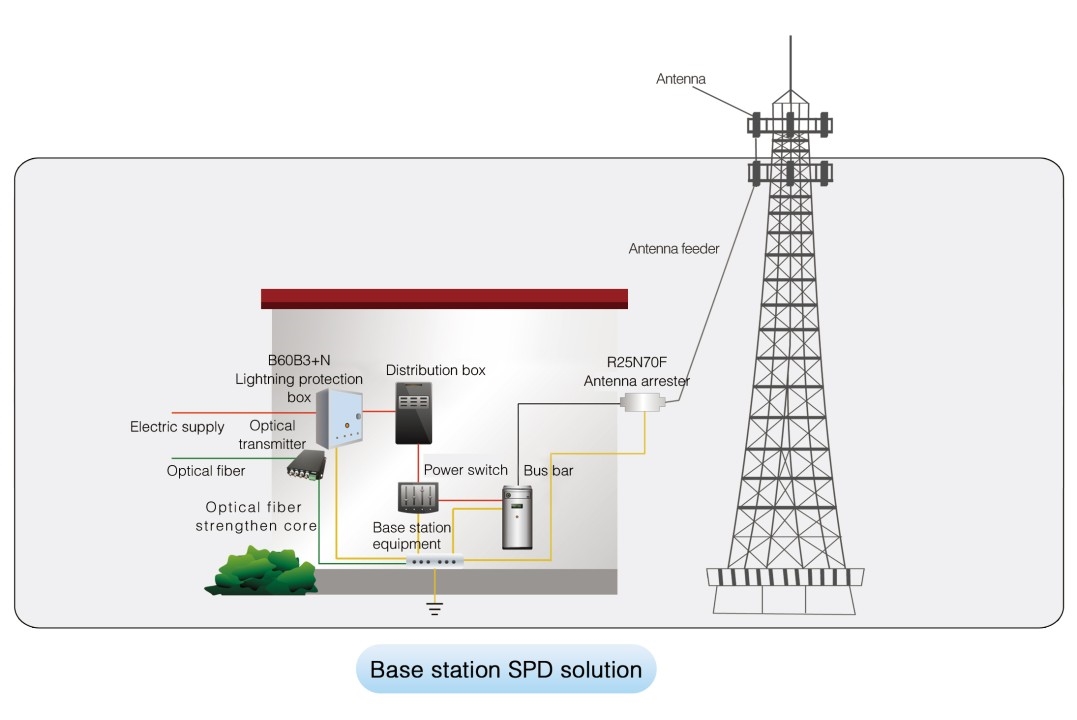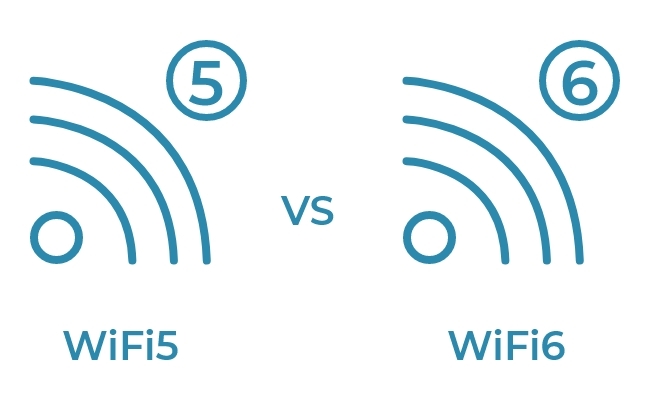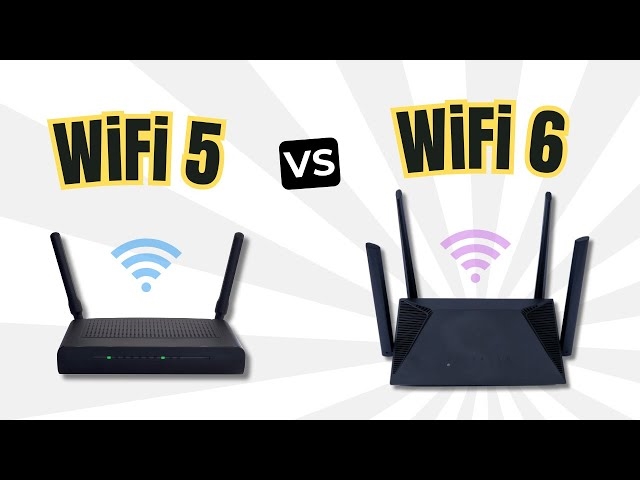5G millimeter-wave frequency ranges
5G millimeter-wave frequencies generally span roughly 24 GHz to 100 GHz, and commonly include the following bands:
- 24.25-27.5 GHz
- 28 GHz
- 37-43.5 GHz
- 60 GHz
Different countries and regions may allocate mmWave bands differently. Specific operating bands depend on national regulations, geography, and application requirements. Overall, 5G mmWave bands fall within the millimeter-wave frequency range.
Differences between 5G low-band and high-band
Key differences between low-band and high-band 5G include:
- Frequency range: Low-band typically refers to Sub-6 GHz bands. High-band refers to mmWave bands, commonly from about 24 GHz to 100 GHz.
- Transmission distance: Higher frequencies offer higher capacity but weaker penetration. High-band signals have shorter range, generally from a few hundred meters up to about 1 km. Low-band signals reach farther, from several kilometers to tens of kilometers in suitable conditions.
- Interference and propagation: High-band signals are more susceptible to blockage and environmental attenuation, so they have lower robustness against obstacles such as buildings, trees, and precipitation. Low-band signals provide more stable coverage and better penetration.
- Network capacity: For the same channel bandwidth, high-band signals support higher data rates and greater capacity. However, their coverage is reduced and they require denser base station deployment to maintain coverage.
When planning 5G networks, operators choose bands based on coverage, capacity, and deployment constraints, combining low-band and high-band resources to meet service requirements.
Is the millimeter-wave band limited to 6G?
No. The millimeter-wave band refers to radio frequencies in the 30 GHz to 300 GHz range. This range can be used by 5G, future 6G systems, and other radio applications. In practice, 5G uses both Sub-6 GHz bands and mmWave bands. The mmWave bands often cited for 5G fall roughly in the 24 GHz to 100 GHz subset. Millimeter-wave usage provides higher throughput and capacity but has narrower coverage and weaker penetration, making it suitable for dense urban and high-capacity scenarios, while Sub-6 GHz bands are used for wider coverage and better penetration.
 ALLPCB
ALLPCB








